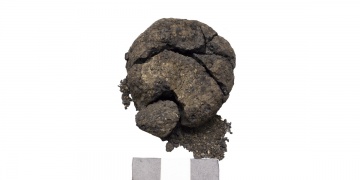
Analyses conducted at Necmettin Erbakan University Science and Technology Research and Application Center (BITAM) determined that the spongy residue was fermented bread from 6600 B.C.
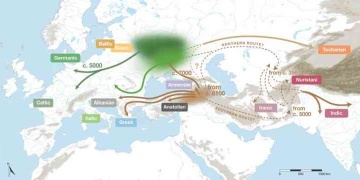
According to analysis of related words the ancestor of the Indo-European languages may have been spoken by farmers in southern Turkey 8,000 years ago.
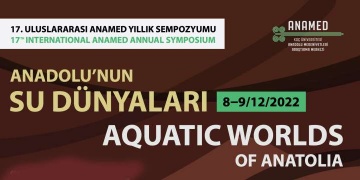
Organized with the support of the Koç University Mustafa V. Koç Maritime Archaeology Research Center (KUDAR) and convened by Alexis Norman Wick, Alexis Serge Charalabos Rappas, and Matthew Harpster, the 17th International ANAMED Annual Symposium,…
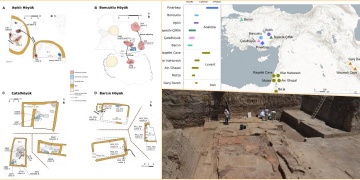
Neolithic Anatolian communities often buried their dead beneath domestic buildings,2 household composition and social structure can be studied through these human remains. Scientists, describe genetic relatedness among co-burials associated with…

The rarity of such artefacts in the prehistoric Near East suggests a profound symbolic meaning for this practice and these objects, and provides new insights into the funerary customs and symbolic importance of the use of human body parts during the…

A structure believed to be around 8,000-years-old was unearthed island of Gokceada (Imbros / Imroz) off the western coast of Turkey. Archaeological Excavations in the Ugurlu-Zeytinlik mound in the northwestern province of Canakkale’s Gokceada…

The skeleton was discovered in a residence dating back to the Late Chalcolithic era during ongoing excavations in the Archaeological Site of Arslantepe, located in the eastern Malatya province. Beads on skeleton’s arms, neck indicate child was member…
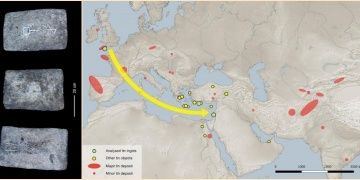
The enigma of Bronze Age tin: Using methods of the natural sciences, they examined the tin from the second millennium BCE found at archaeological sites in Israel, Turkey, and Greece. These findings are of great importance for the archaeological…
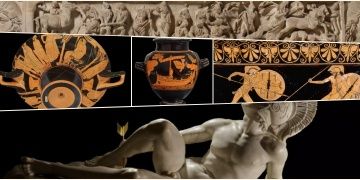
The myth of the Trojan War and its legacy in art and literature in the BP exhibition Troy: myth and reality from 21 November 2019 – 8 March 2020. Troy is famous ancient city in what is now northwestern Turkey, made famous in Homer's epic poem, the…
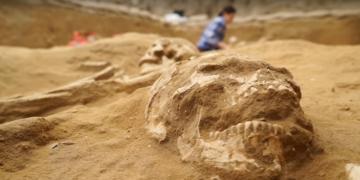
Ancient DNA has shed fresh light light on the origins of the legendary Biblical people who gave their name to mindless thuggery. It suggests they descended from migrants who crossed the Mediterranean and reached the shores of modern-day Israel,…

According to a new survey of DNA extracted from ancient human remains, Neolithic farmers began migrating out of Anatolia, modern Turkey, several thousand years ago. Some went north, following the Danube. Another group traveled west across the…


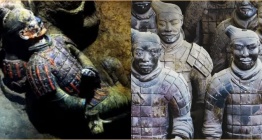


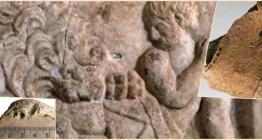















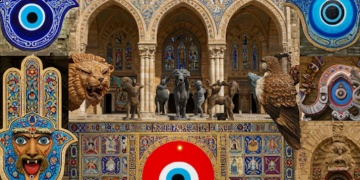 Apotropaeon: Arkeoloji, din tarihi, folklor ve antropolojik açıdan Apotropaic
Apotropaeon: Arkeoloji, din tarihi, folklor ve antropolojik açıdan Apotropaic 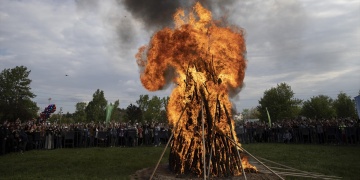 Edirne Kakava ve Hıdırellez Şenlikleri bu yıl 4 gün sürecek
Edirne Kakava ve Hıdırellez Şenlikleri bu yıl 4 gün sürecek  Museum Boijmans Van Beuningen'deki Rothko tablosu bir çocuk tarafından çizildi!
Museum Boijmans Van Beuningen'deki Rothko tablosu bir çocuk tarafından çizildi! 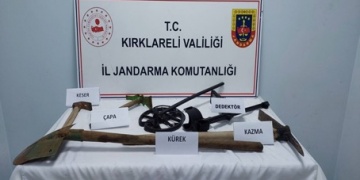 Kırklareli merkezli 3 ilde kaçak kazı operasyonunda 14 defineci yakalandı
Kırklareli merkezli 3 ilde kaçak kazı operasyonunda 14 defineci yakalandı 

